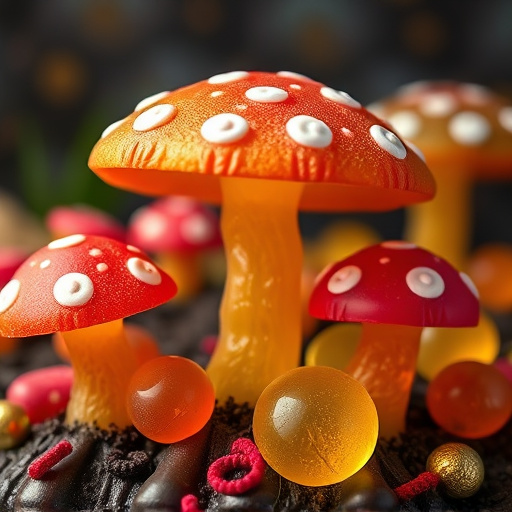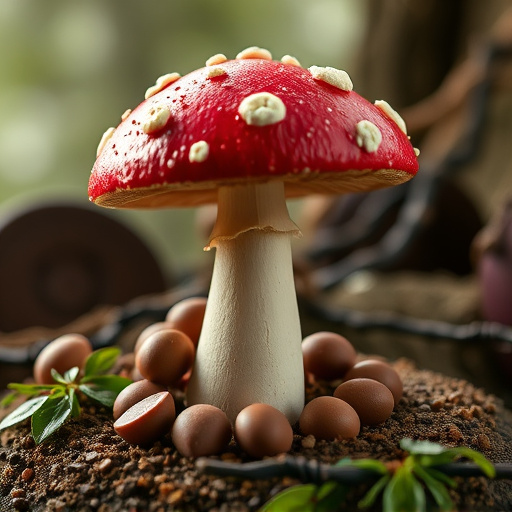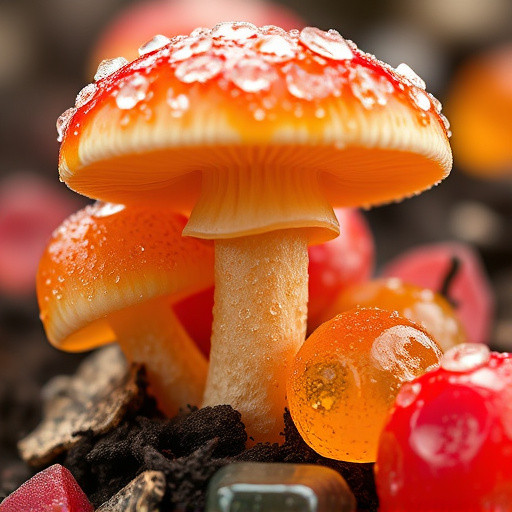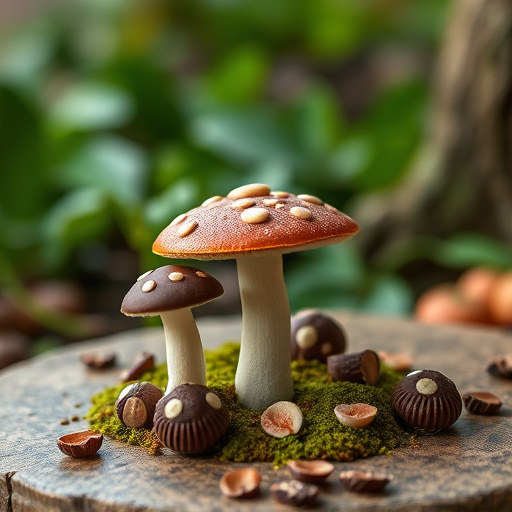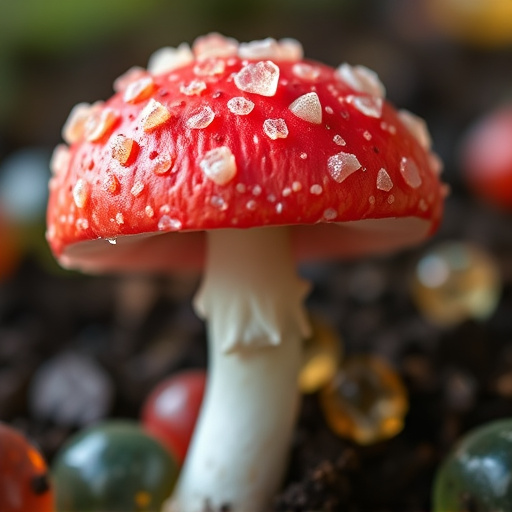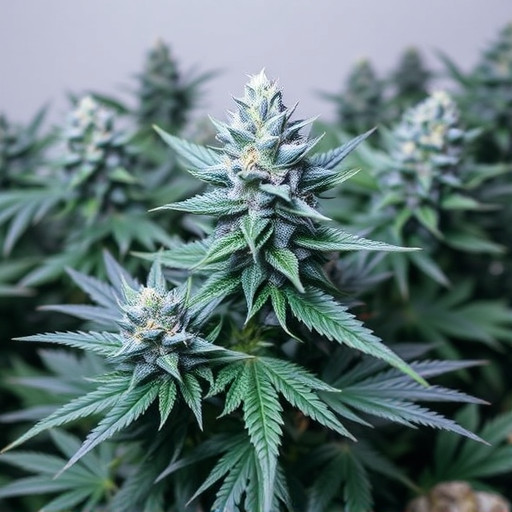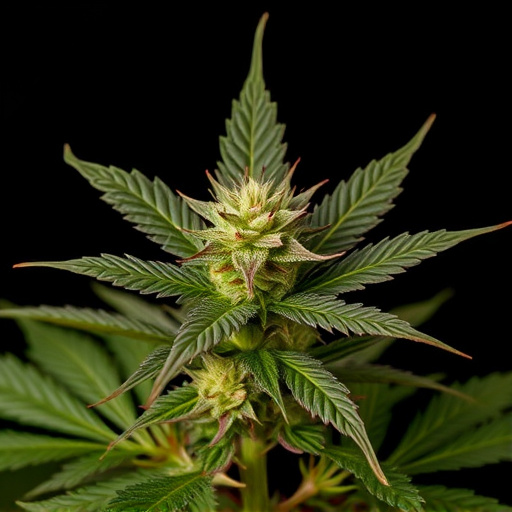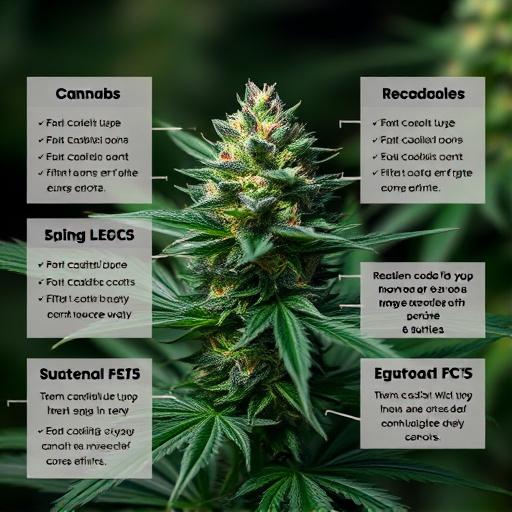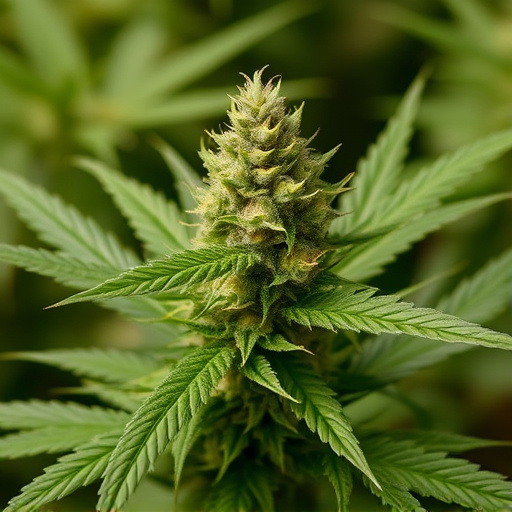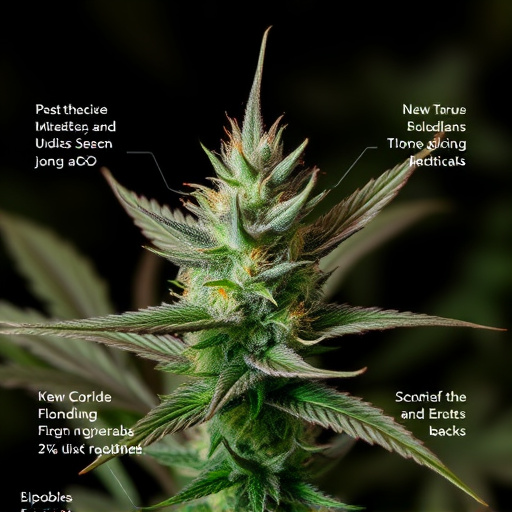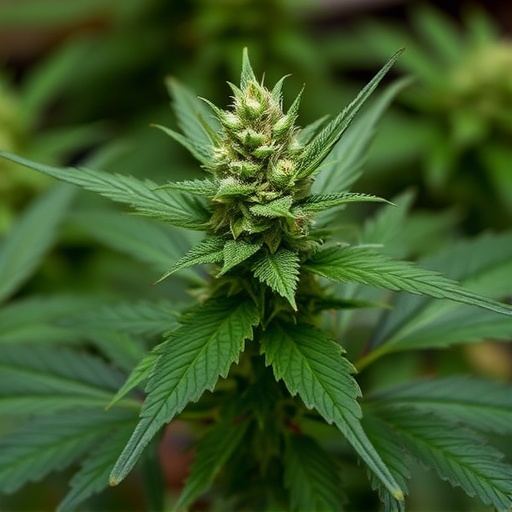Cannabis flower quality and strain effects are defined by a complex interplay of terpenes (aromatic compounds) and cannabinoids (THC, CBD), influencing scent, flavor, and therapeutic benefits. Terpenes like myrcene (relaxing) and limonene (uplifting mood) offer distinct experiences, while cannabinoids shape the psychoactive experience. High-quality cannabis aims for balanced cannabinoid profiles or tailored variations to deliver optimal effects aligned with consumer preferences, such as relaxation or energy boost. Understanding terpene-cannabinoid interactions allows cultivators to create strains catering to diverse desired outcomes.
In the world of cannabis, understanding what makes a flower high-quality is essential for consumers seeking optimal effects. This article delves into the intricate factors that elevate cannabis strains, from the chemical profiles of terpenes and cannabinoids to cultivation practices and testing methods. By exploring these key aspects, we navigate the bustling landscape of cannabis, uncovering what truly constitutes a superior strain, ensuring consumer safety, and enhancing overall experience.
- Terpenes and Cannabinoid Profiles
- – The role of terpenes in cannabis strains effects
- – Common terpenes and their impacts (e.g., myrcene, limonene, pinene)
Terpenes and Cannabinoid Profiles
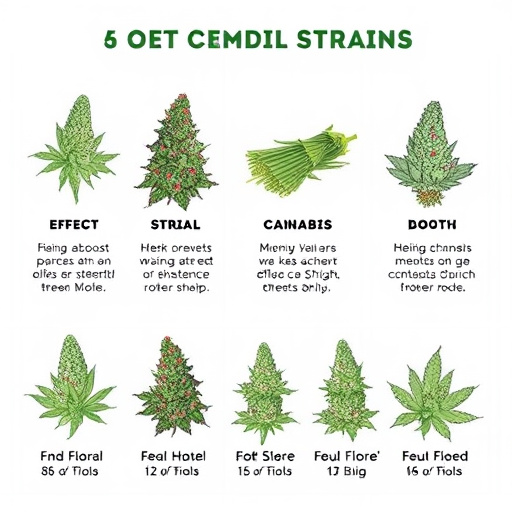
Cannabis flowers are more than just visually appealing; their quality is determined by a complex interplay of various compounds, with terpenes and cannabinoids playing pivotal roles. Terpenes, aromatic chemicals responsible for the distinct scents and flavors associated with cannabis strains, also contribute to their therapeutic effects. Each terpene has unique properties that can enhance or modify the effects of cannabinoids like THC and CBD. For instance, myrcene, known for its earthy scent, is often linked to relaxing and sedative effects, while limonene offers uplifting citrusy notes and potential mood-boosting benefits.
The cannabinoid profile, particularly the balance between THC (tetrahydrocannabinol) and CBD (cannabidiol), significantly influences cannabis strains’ effects on users. THC is responsible for most of cannabis’ psychoactive properties, inducing feelings of euphoria and heightened sensory perception. On the other hand, CBD lacks psychoactive effects but has gained popularity for its potential therapeutic advantages, including anxiety and pain relief. High-quality cannabis flowers typically boast a well-balanced or intentionally skewed cannabinoid profile to cater to specific desired effects, ensuring that consumers receive the optimal experience tailored to their preferences.
– The role of terpenes in cannabis strains effects

Terpenes, often referred to as the “aromatic molecules” of cannabis, play a pivotal role in defining the unique cannabis strains effects. These volatile compounds are responsible for the distinct scents and flavors we associate with different strains. But their importance extends far beyond just providing a pleasant smell or taste. Terpenes have been shown to interact with the endocannabinoid system, influencing the overall psychoactive experience and potential therapeutic benefits of cannabis.
Each terpene offers its own set of characteristics, contributing to the complex profile of cannabis strains effects. For instance, myrcene is known for its earthy and musky aroma, often linked to relaxing and sedative properties, while limonene provides a bright, citrusy note associated with uplifting and energizing effects. Understanding the interplay between terpenes and cannabinoids can help cultivators craft specific cannabis strains tailored to diverse consumer preferences and desired outcomes.
– Common terpenes and their impacts (e.g., myrcene, limonene, pinene)

Cannabis flowers boast a complex profile of terpenes, which are aromatic compounds contributing significantly to both the scent and potential therapeutic effects of different cannabis strains. Each terpene offers distinct properties that can enhance or alter the overall experience of consuming cannabis. For instance, myrcene is renowned for its earthy and musky aroma, often linked to sedative and relaxing effects, making it popular among those seeking relief from anxiety or insomnia. Limonene, with its citrusy notes, is known for elevating moods and providing a stimulating yet calming effect, which can be beneficial for managing stress and depression. Pinene, reminiscent of pine trees, has anti-inflammatory properties and may aid in respiratory issues and cognitive function.
The interplay between terpenes and cannabinoids (like THC and CBD) is what truly defines the cannabis strains effects. Certain terpene-cannabinoid combinations can amplify desired effects, leading to more balanced and pleasant experiences. Understanding these chemical interactions allows consumers to make informed choices based on their preferred cannabis strains effects, whether seeking relaxation, energy boost, or specific medical benefits.
Determining high-quality cannabis flower involves understanding the intricate balance of terpenes and cannabinoid profiles. These chemical compounds play a pivotal role in shaping the unique experiences and effects of different cannabis strains. Terpenes, such as myrcene, limonene, and pinene, contribute to the aroma, flavor, and potential therapeutic benefits. By carefully examining these components, consumers can make informed choices, ensuring they select high-quality cannabis that aligns with their desired effects and enhances their overall experience.
